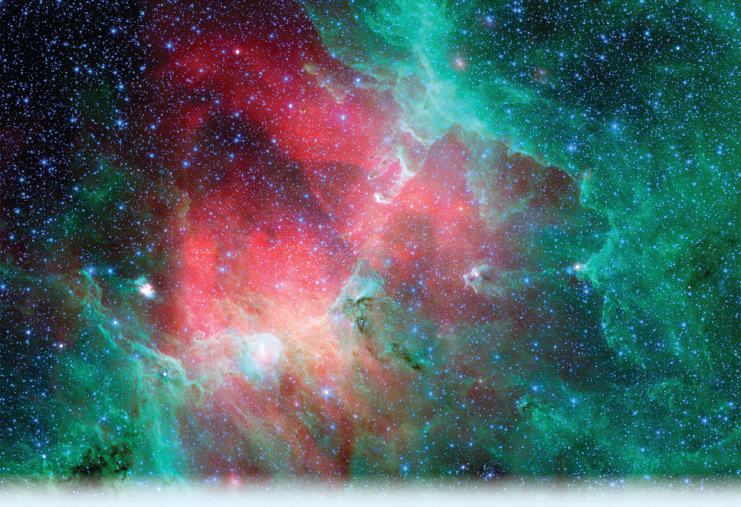Introduction
903
- 14.1The Double Integral over a Rectangular Region
- 14.2The Double Integral over Nonrectangular Regions
- 14.3Double Integrals Using Polar Coordinates
- 14.4Center of Mass; Moment of Inertia
- 14.5Surface Area
- 14.6The Triple Integral
- 14.7Triple Integrals Using Cylindrical Coordinates
- 14.8Triple Integrals Using Spherical Coordinates
- 14.9Change of Variables Using Jacobians
- Chapter Review
- Chapter Project
The Mass of Stars

Some of the most massive objects in the universe are not solid, but are large balls of gas—stars. The nearest star, the Sun, has a mass of \(1.99\times 10^{30}{\rm kg}\) and is about \(333{,}000\) times more massive than the Earth.
Stars are often depicted on a Hertzsprung–Russell diagram, or HR diagram, which compares the luminosity (brightness) and color (temperature) of stars. As centuries pass, the composition of a star changes because of the nuclear reactions at the center that generate the energy we see as light. Over billions of years changes in composition alter its structure and the star evolves, tracing a unique path in the HR diagram determined primarily by its mass.
CHAPTER 14 PROJECT
The Chapter Project on page 971 investigates models for determining the mass of a star.
In Chapter 5, we defined the definite integral of a function (of a single variable). When extended to functions of two or more variables, definite integrals are called multiple integrals. The integral of a function of two variables is called a double integral and the integral of a function of three variables is a triple integral. For consistency, we refer to the integral of a function of one variable as a single integral.
In Chapter 6, we used a single integral to find area, the volume of a solid, arc length, and work done by a variable force. Two of the many uses of multiple integrals are to find areas and volumes of regions more general than those considered in Chapter 6.